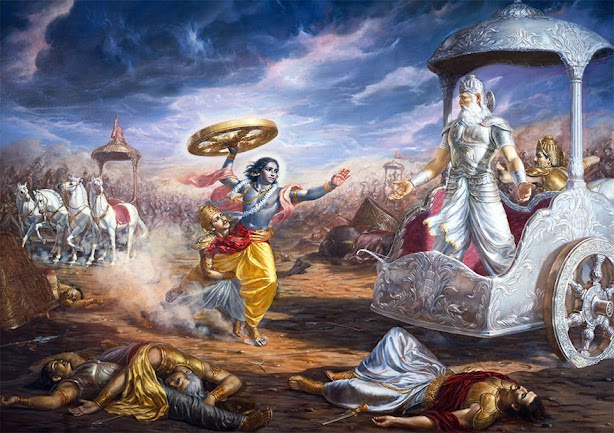The Eternal Saga

"The Eternal Saga: The Life Story of Lord Shiva According to the Shiv Purana" Introduction: In the cosmic expanse of Hindu mythology, Lord Shiva stands as a central figure, embodying the transcendental essence of the divine. The Shiv Purana, an ancient text revered by millions, unfolds the intricate tapestry of Shiva's life – from his cosmic origins to his timeless presence as the supreme deity. This exploration dives into the rich narrative of Lord Shiva's life, seeking to unravel the layers of symbolism, mythology, and spiritual significance encapsulated in the Shiv Purana. Part 1: The Cosmic Genesis of Shiva 1. Shiva's Emergence from the Cosmic Ocean: The Shiv Purana traces the origins of Lord Shiva to the cosmic ocean, where he emerges in his unique form. This section explores the symbolism behind Shiva's birth, his cosmic dance, and the timeless nature that defines his existence. 2. Shiva and Shakti - The Divine Union: Delving into the concept of ...








